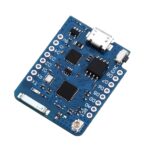
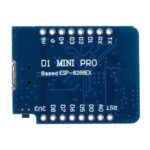
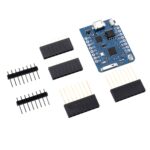
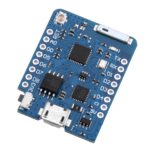
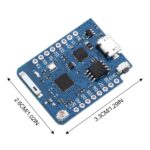
ماژول WeMos D1 Mini PRO دارای هسته وایفای ESP8266EX
۳۳۳,۰۰۰ تومان قیمت اصلی: ۳۳۳,۰۰۰ تومان بود.۳۰۵,۰۰۰ تومانقیمت فعلی: ۳۰۵,۰۰۰ تومان.
موجود در انبار
Wemos D1 Mini Pro WiFi Module ESP8266EX
It is a small WiFi development board based on the ESP8266EX, it has a 32-bit processor and 16MB flash memory.
This small card is part of the Wemos family of boards and unlike its other versions, it incorporates a ceramic antenna and an IPEX UFL SMD connector to connect an external antenna.
It also incorporates the CP2104 USB to UART converter for programming and establishing communication.
It is specially designed for the development of prototypes aimed at the Internet of Things (IoT) to interconnect sensors and actuators to the Internet.
It is very easy to use, it is compatible with Arduino IDE, you just have to have the ESP8266 family cards installed, it is also compatible with Lua, MicroPython, C/C++, Scratch.
It is specially designed to work mounted on a breadboard or be soldered on a plate.
SPECIFICATION
Model: Wemos D1 Mini Pro
PCB Color: Blue
Dimensions: 34mm x 26mm
MicroUSB supply voltage: 5V DC
Operating voltage: 3.3V
Current consumption: >300mA
Number of Digital Pins: 11 digital input/output pins
Analog Pins: 1 ADC (input: 0 – 3.2V)
Interfaces: GPIO, UART, I2C, HSPI, PWM
LED indication: Pin D4 (GPIO2)
Ignition switch
WiFi Antenna: Built-in ceramic antenna
IPEX connector to connect an external antenna
MCU: ESP8266EX 32 Bit
USB-Serial Chip: CP2104
Flash memory: 16 MB
Baud rate: 300-4608000 baud, default 115200 bps
Support for AT commands, cloud server and development kits (SDK), firmware update
Includes
2 8-pin male header strips
2 8-pin female header strips
Pair of 8-pin female connectors
ESP8266EX
CPU: Tensilica L106 32-bit
Clock frequency: 80 MHz (up to 160 MHz)
Flash memory: 128 MBit / 16 MB
Frequency range: 2.4GHz – 2.5GHz (2412M-2484M)
Output power in 802.11b mode: +20dBm
WiFi modes: Client, Soft AP, Client + Soft AP (station, softAP, station + softAP)
Security: WPA-PSK, WPA2-PSK
Encryption: WEP, TKIP, AES
WiFi protocols: 802.11 b/g/n
Pinout Wemos D1 Mini Pro
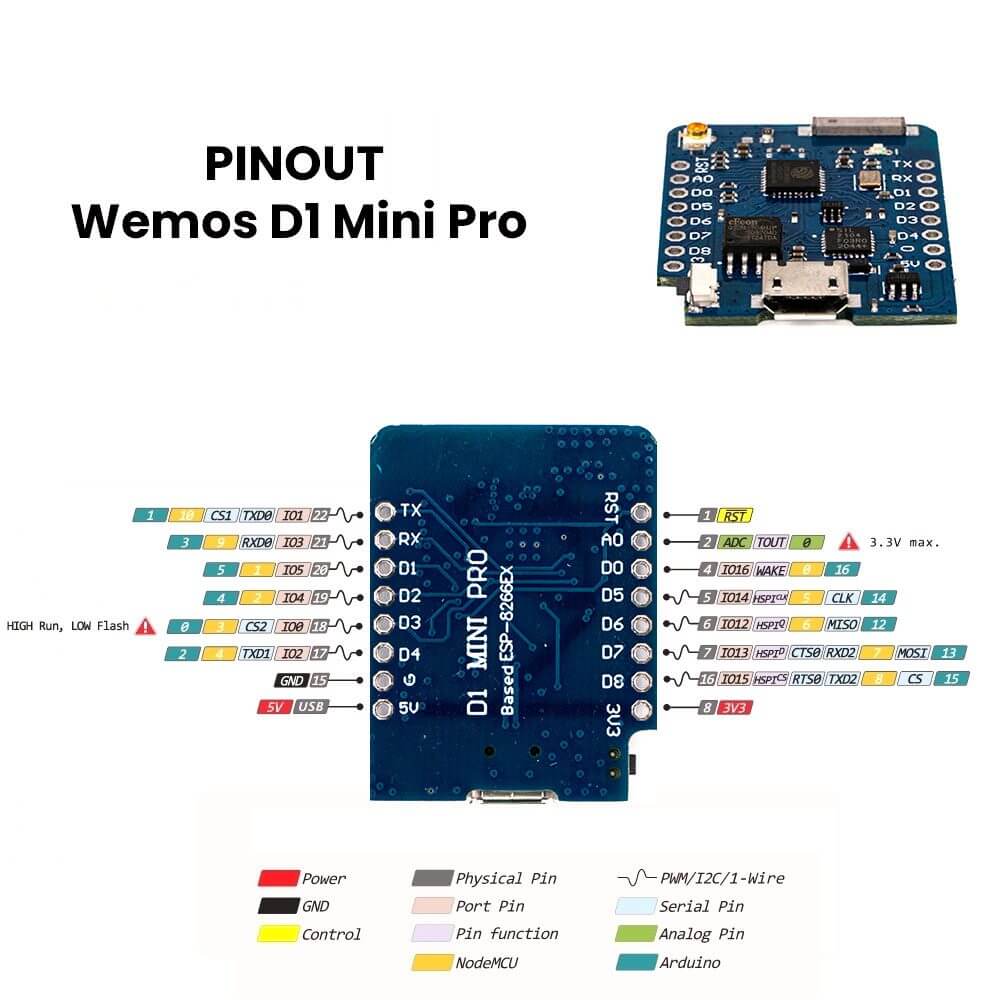
RESOURCES
ESP8266EX Datasheet
CP2104 Datasheet
Introduction of how to use
To start using this board and programming it from the PC or Laptop you must install its driver, in this case the board incorporates the CP2104 chip which is responsible for programming and establishing USB-Serial communication.
In the following link you can download the CP210x universal controller which includes the CP2104 version that the board needs
CP210x Universal Controller
Note
Install the driver according to the operating system of your PC or Laptop.
If you have installed it previously, do not install the driver.
Once the driver is installed, you can connect the board to your PC.
To verify that the driver was installed correctly and a COM port was assigned to the board, follow the following steps:
Open “Device Manager”
Connect the board to the PC
Click on Ports (COM, LPT)
You should recognize the plate as shown in the following image
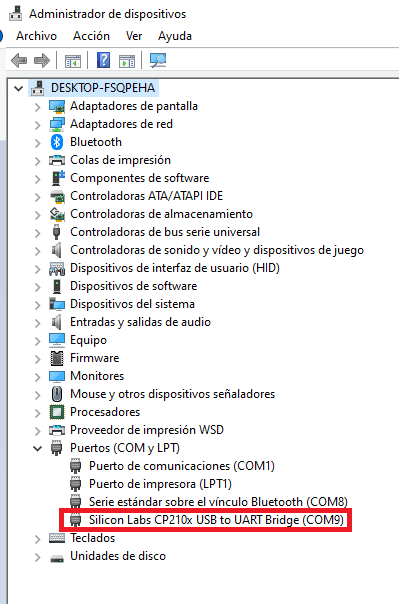
How to program Wemos D1 Mini Pro?
Once the controller is installed, you can program it in different programming environments, you can choose:
Arduino IDE (in C++ language),
MicroPython
Javascript (Espruino, Duktape, Mongoose JS)
LUA
ATOM
And others…
It is widely used with the Arduino IDE since it has a wide variety of examples, information and other resources that will help you start using this board.
To use with Arduino IDE you must perform the following steps
Open Arduino IDE.
If you have not installed it, download it directly from the Arduino page, install the executable version, not install the portable version.
Copy the following URL: http://arduino.esp8266.com/stable/package_esp8266com_index.json
Go to the Arduino tab called “File”.
Click on “Preferences”.
Go to the Additional Card URL Manager:
In the box paste the URL.
If there is another URL, place a comma at the end, give a space and paste the URL.
Click Ok.
Go to the Arduino tab called “Tools”
Click on “Plate:” and then “Card manager…”
Sandra a window, look for the boards “esp8266 by ESP8266 Community” and install them.
To check the installation of the ESP8266 cards in Arduino IDE and upload codes to the board, do the following:
Go to the Arduino tab called “Tools”
Click on “Plate:”
Select ESP8266 Boards and search for the board “LOLIN Wemos D1 MINI PRO”
Then connect the board to the PC.
Go again to “Tools” and select the COM port that the PC assigned to the board.
Load the following code to check that everything went well.
The code is a blink on the LED that incorporates the board that is assigned to pin 2 of the Wemos D1 Mini Pro.
Blink code – Hello world on Wemos D1 Mini Pro
void setup() {
// initializes digital pin 2 as output
pinMode(2, OUTPUT);
}
void loop() {
digitalWrite(2, HIGH); // Turns on the LED
delay(1000); // Wait a second
digitalWrite(2, LOW ); // Turn off the LED
delay(1000); // Wait a second
}
How to place the external antenna
You can purchase the compatible antenna at the following link
WiFi Antenna
In order to use the external antenna you will have to change the position of resistance 0 as shown below
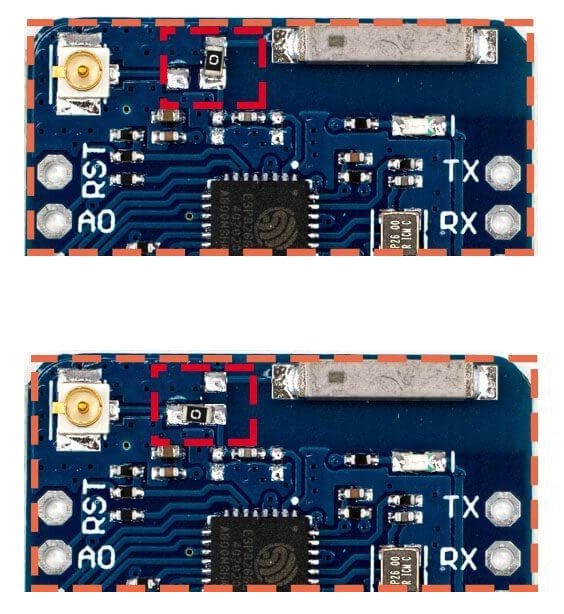

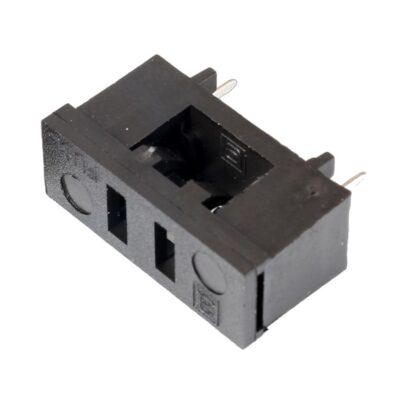
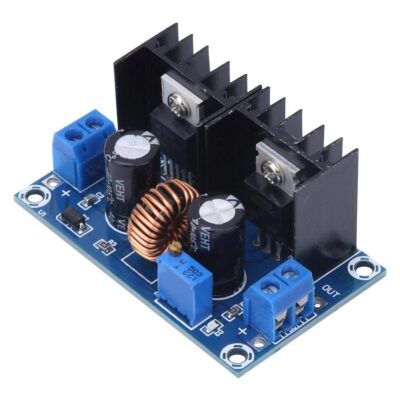
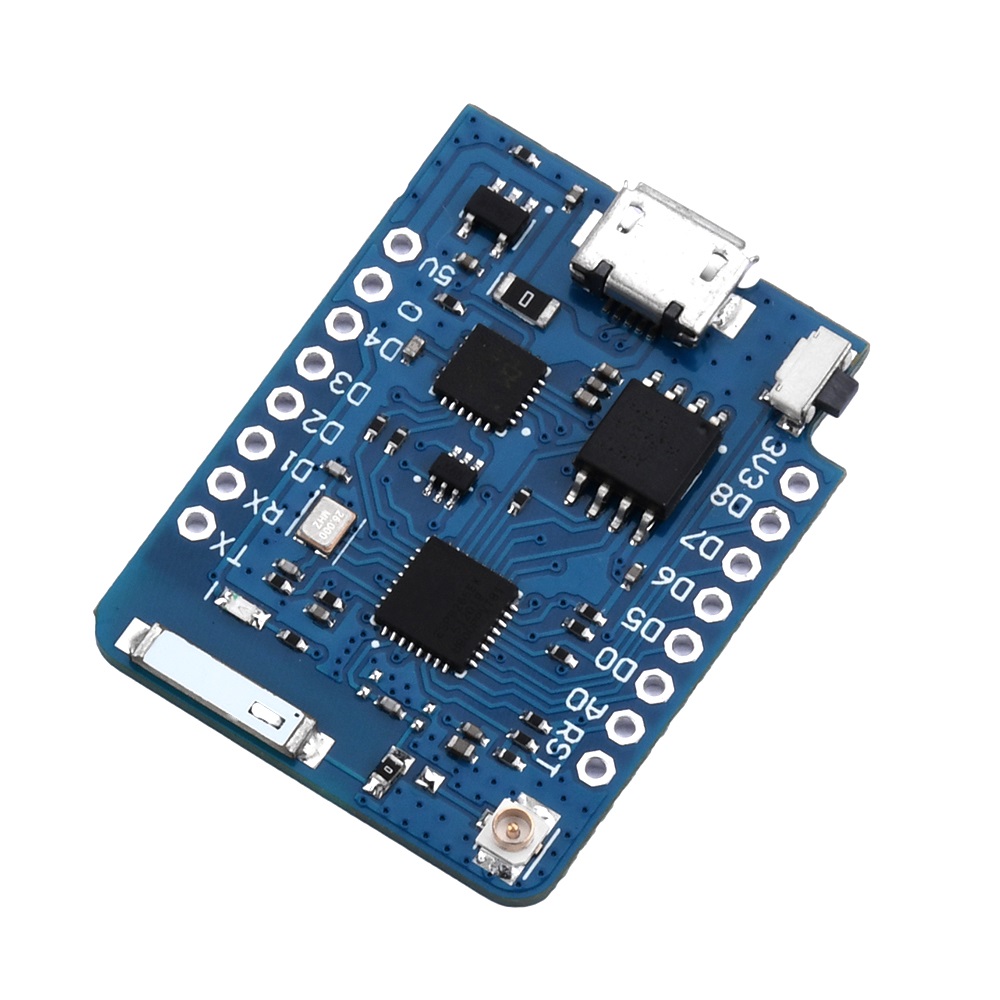
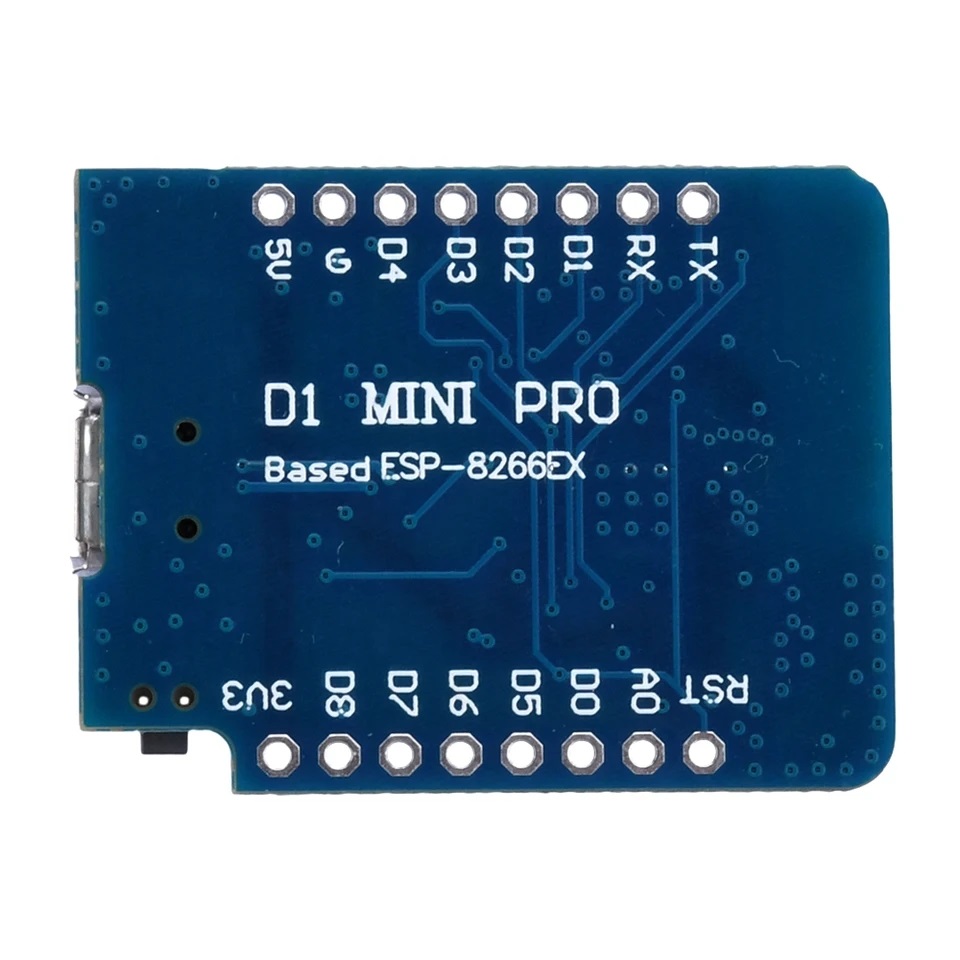
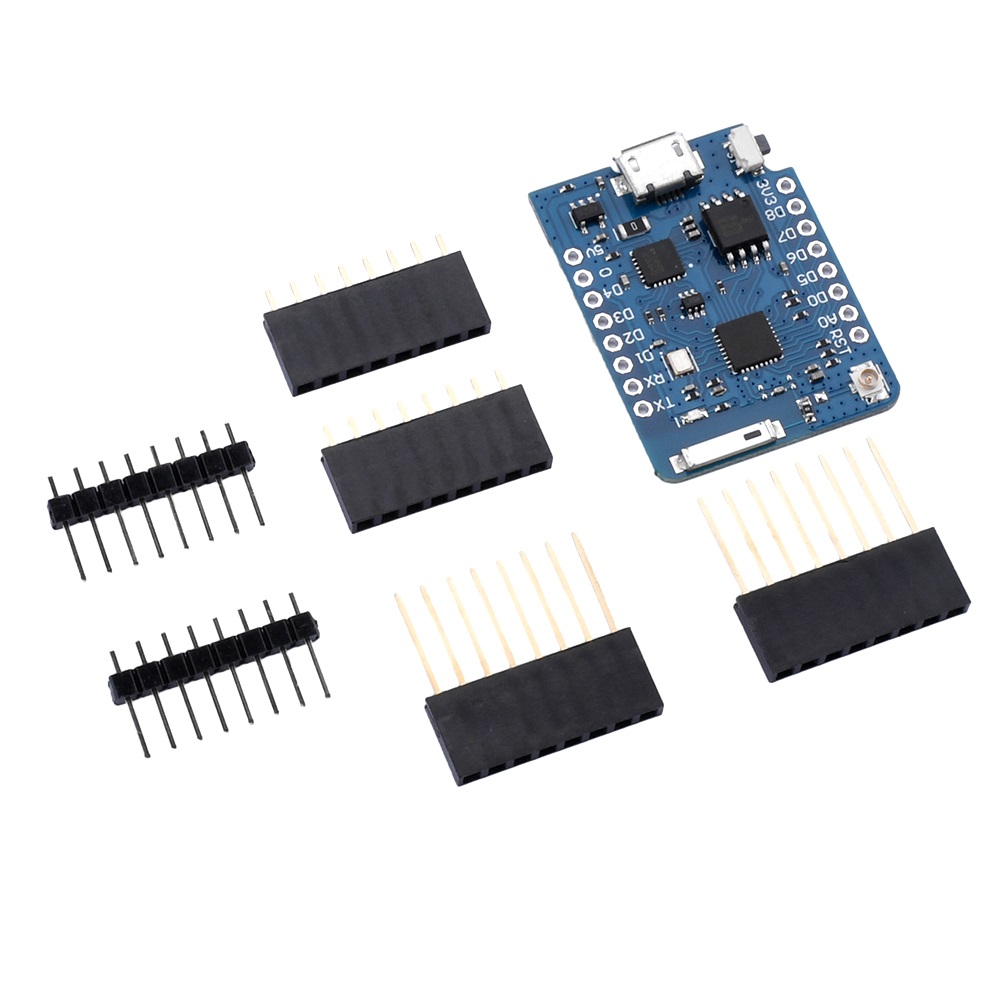
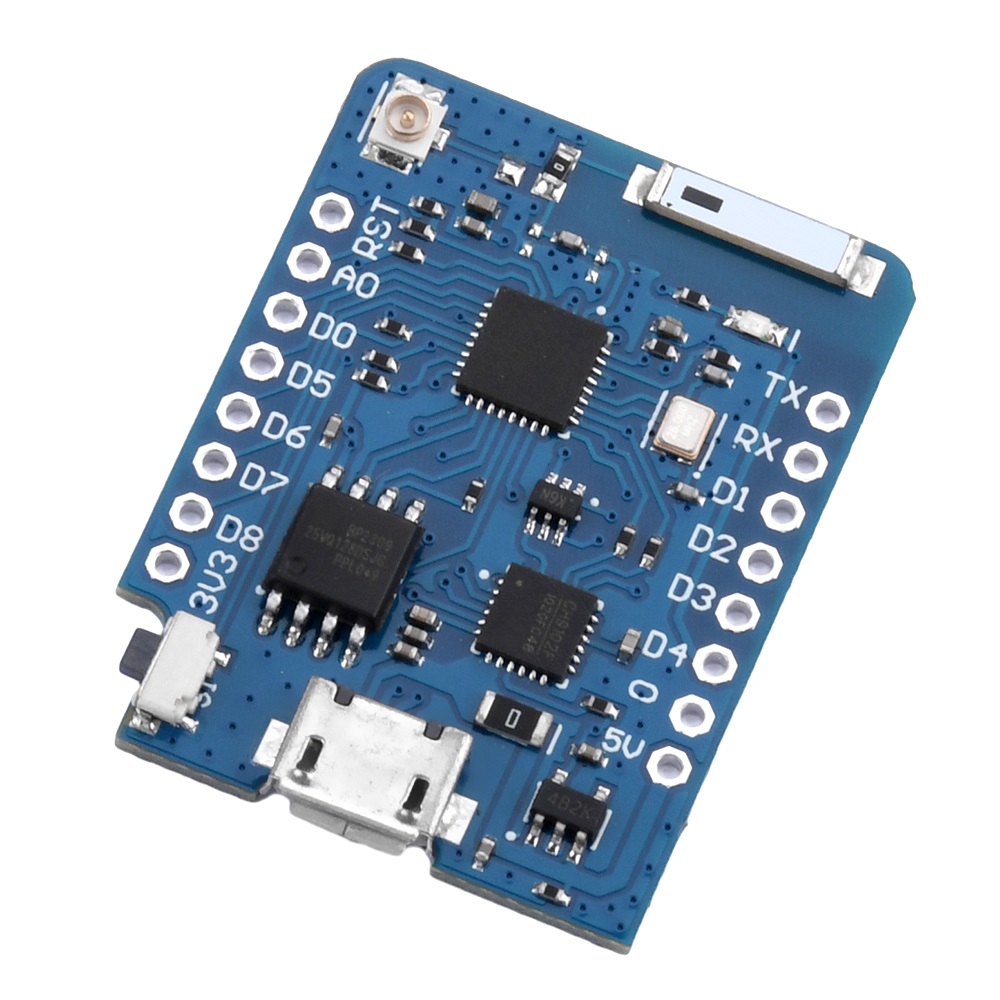
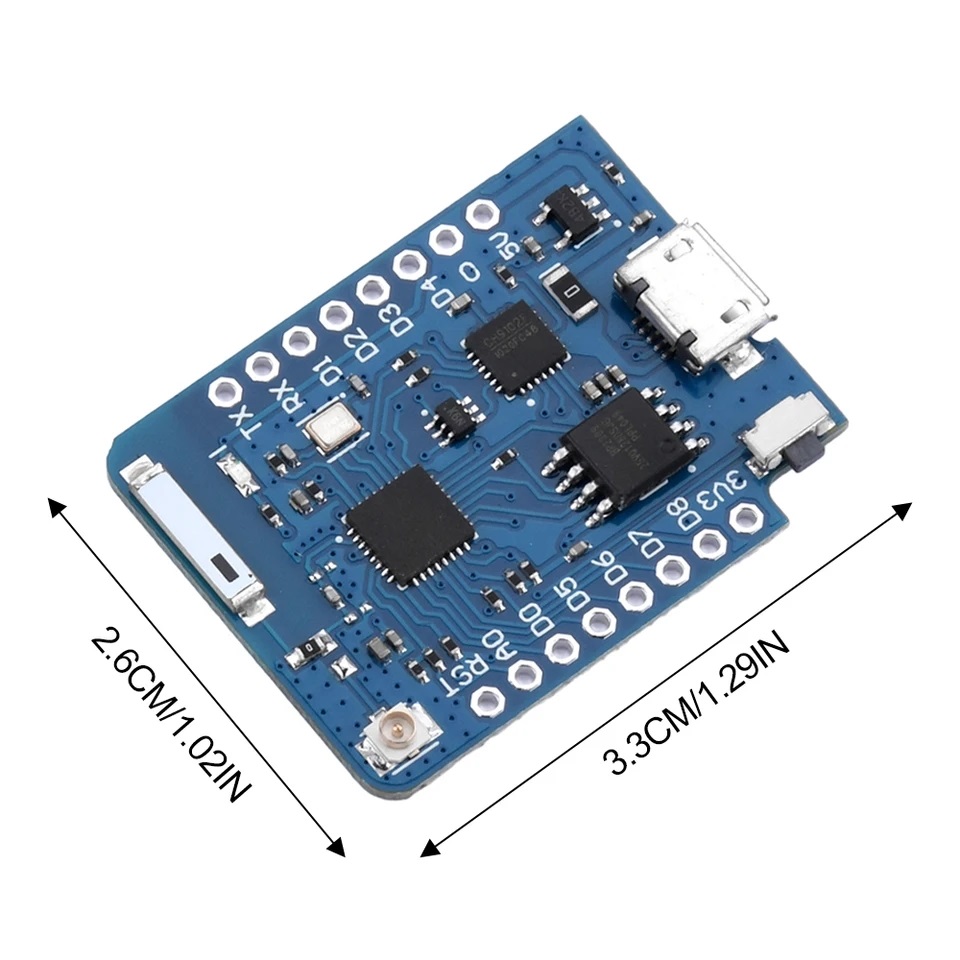

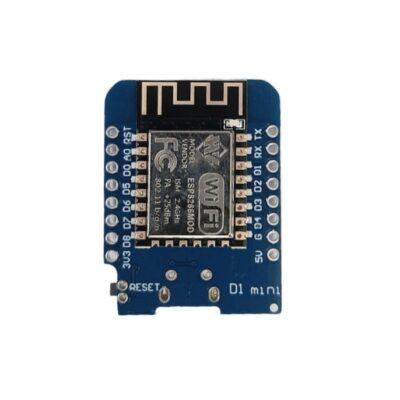
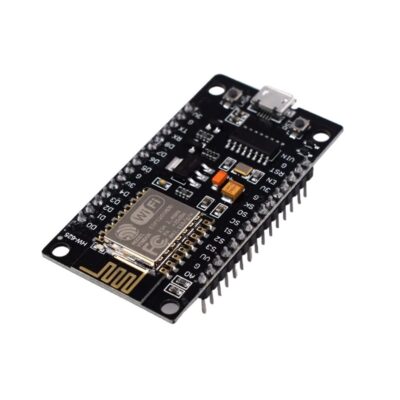
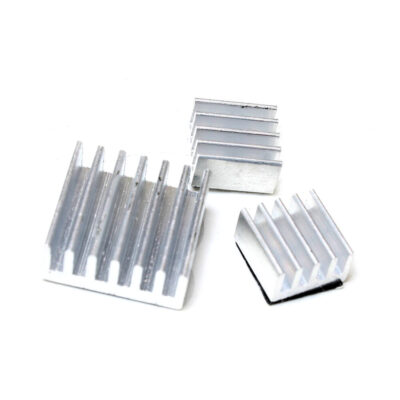
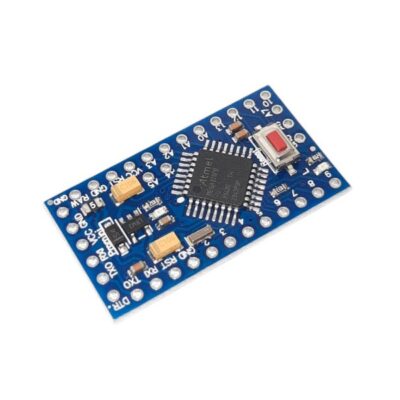

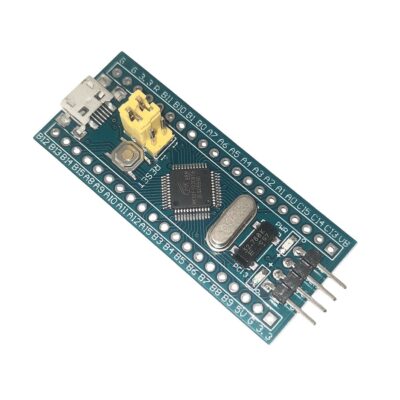
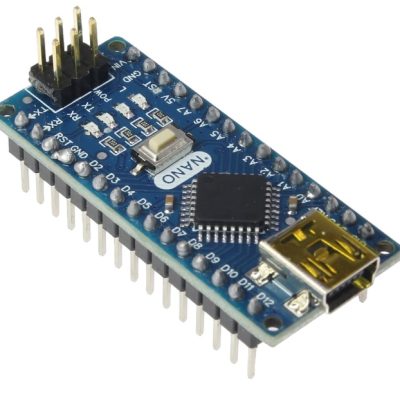

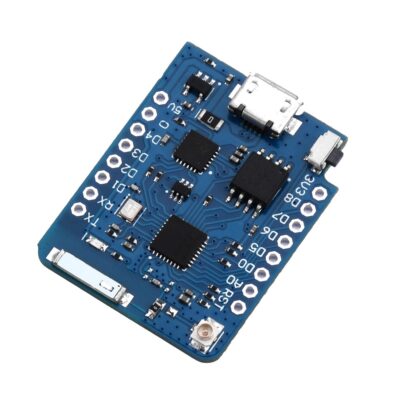
دیدگاهها
هیچ دیدگاهی برای این محصول نوشته نشده است.